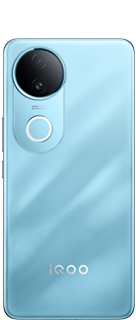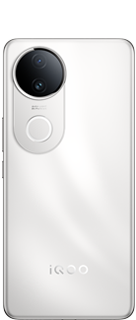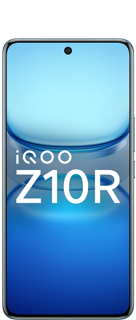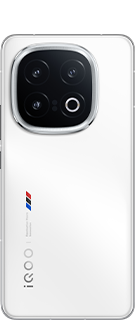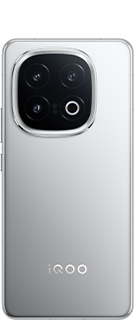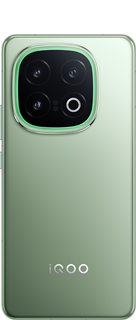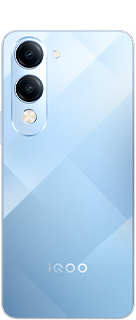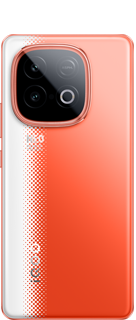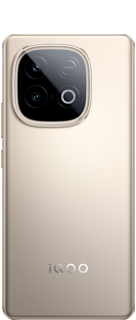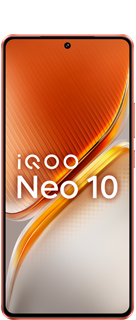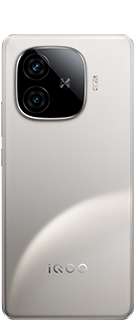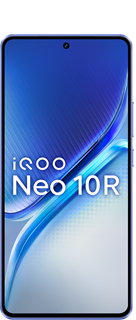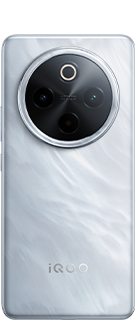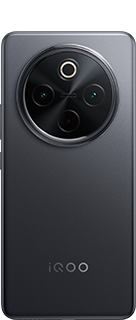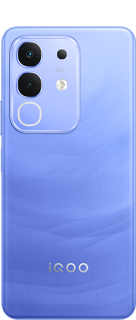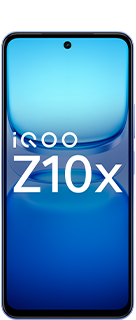Difference between AMOLED And OLED Display
Customers consider various features and specs when looking for a phone, such as screen size and display quality. However, it is critical to grasp the technology behind the phone display that meets one's needs before deciding. When shopping for a high-quality phone display, terminology like TFT, LCD, AMOLED, OLED, and SLCD can be confusing.
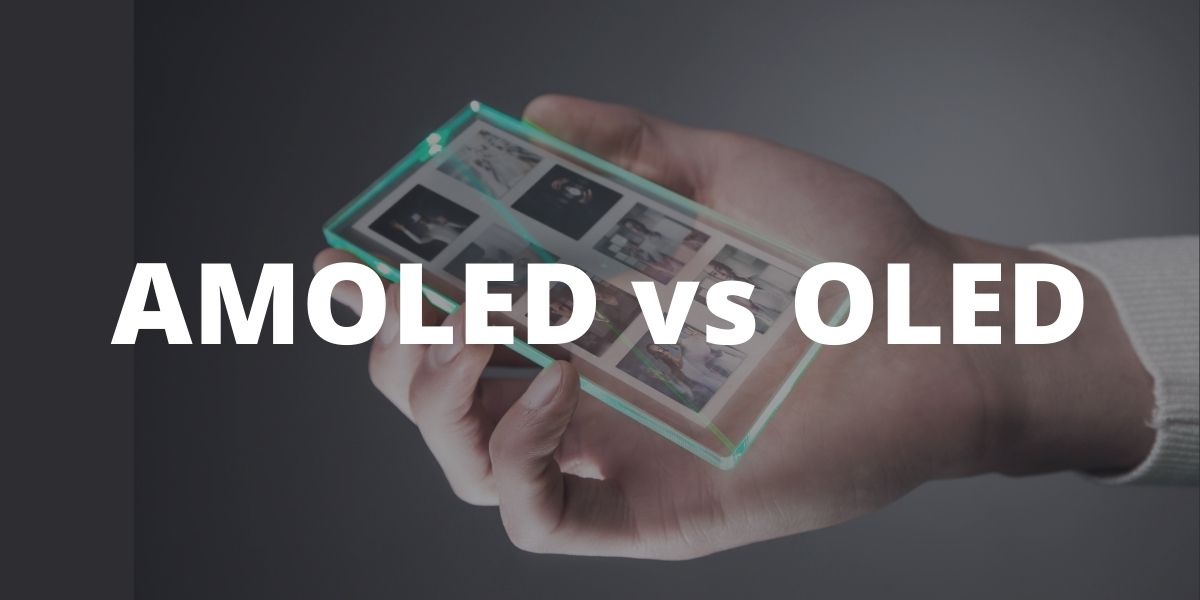
What is an OLED Display?
Organic Light Emitting Diode (OLED) display technology is often considered a superior alternative to LCD technology due to its excellent colour reproduction, faster response time, broader viewing angles, higher brightness, and incredibly lightweight designs. Unlike LCDs, OLEDs do not require a separate backlight because each pixel in a row emits its light when an electric current is supplied. According to smartphone manufacturers, they are not only thinner, lighter, and more flexible, but they also provide better contrast and more bright colours.
What is an AMOLED display?
There is no significant difference between OLED and AMOLED. Active-matrix organic Light-Emitting Diode displays, or AMOLED displays, are a form of OLED display rapidly gaining popularity in smartphones today. AMOLEDs have all of the benefits of an OLED display, including improved colour reproduction, faster response time, broader viewing angles, higher brightness, and lightweight design. However, regarding vibrancy and brilliance, AMOLED outperforms SLCD display technology. While AMOLEDs inherit all of the advantages of OLED technology, they nonetheless use less electricity while showing darker content.
After discussing the differences between the two display technologies that have grown in popularity over the last decade, they are now commonly used in smartphones, laptops, wearables, and other consumer electronics devices. While AMOLEDs consume less power than LCDs, they are frequently employed in low-power devices such as smartphones and are seen to be superior to OLED for phone screens.
AMOLED displays allow you to turn on or off individual pixels quickly, giving you precise and speedy control over the display's output. The OLED panel, on the other hand, has control over the amount of pixels in each row.
Please sign in
Login and share
